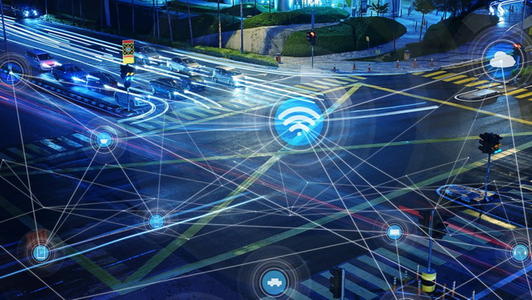However, successful transformation is not easy. Companies often need to dare to pursue differences and break boundaries before they have the opportunity to touch more possibilities. The same is true for the electrical industry.
On the one hand, as one of the core supports of the new infrastructure, the power supply and distribution system will become more complicated and will be deployed in more complex scenarios. Therefore, mining the value of the massive data in the power supply and distribution system through digital technology will become the cornerstone of ensuring safer, more reliable and efficient project operations.
On the other hand, major players in the electrical industry, including complete plants, integrators, general contractors, distributors, agents, etc., are unable to break through the dilemma of severe homogeneity of products and solutions. Not a long-term solution. Although digital transformation has significant value in helping to solve the above problems, blind transformation seems to mean an increase in comprehensive costs and unpredictable returns.

Break the boundary, or not break the boundary? How to break the boundaries? These are the two gates that stand in the way of the electrical industry's transformation, and they are also the headaches faced by major players in the electrical industry, including complete plants, power contractors, system integrators, distributors, and agents. They have even set up a digital transformation department, where the leaders of the department or the top level of the enterprise, or the technical backbone, carry out special research and planning. But the integration of digitalization and electrification is also a new topic. Faced with the unknown exploration and the desire for successful transformation, how can we rely on the original experience value, hold the digital weapon firmly, and become the internal strength of the digital leader of the electrical world that needs to be improved.
















 RCCN WeChat QrCode
RCCN WeChat QrCode Mobile WebSite
Mobile WebSite